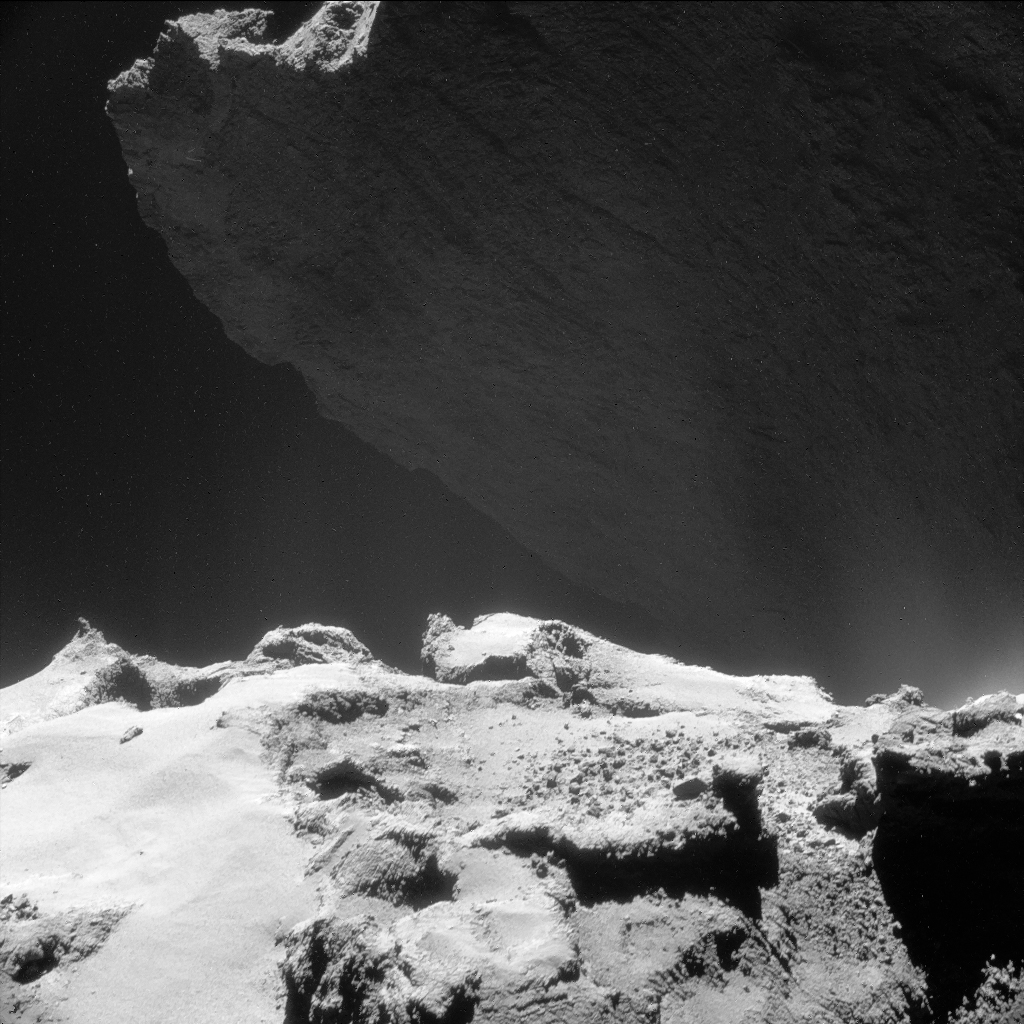mollwollfumble said:
No news from the Dawn spacecraft at Ceres since 29th April. Prior to that there had been an average of two per month. What the heck is going on.
Oops, a new jpl webpage has been created explaining what is going on.
http://dawn.jpl.nasa.gov/mission/status.html
May 15, 2015 – Dawn Spiraling Lower
Dawn is using its ion engine to maneuver to its second mapping orbit, which will be 2,700 miles (4,400 kilometers) high. It will reach that altitude in early June.
During the course of the day today, Dawn’s altitude will decrease from 5,500 miles (8,900 kilometers) to 4,800 miles (7,700 kilometers).
Tomorrow the spacecraft will pause ion-thrusting to take pictures of Ceres for navigation.
May 11, 2015 – Dawn Spiraling to Lower Altitude
On May 9 Dawn began the spiral descent to its second mapping orbit. Today the spacecraft is at an altitude of about 8,000 miles (13,000 kilometers).
May 8, 2015 – Dawn Completes First Mapping Campaign
Yesterday Dawn successfully completed its final observations in this mapping orbit, focusing on Ceres’ southern hemisphere. It is transmitting the pictures and other scientific data to Earth now.
It takes about 15 days to make one orbital revolution around Ceres at this altitude (8,400 miles, or 13,600 kilometers). Today the spacecraft completed one revolution since its arrival in this orbit on April 23. It is scheduled to start ion-thrusting tomorrow to spiral down to its second mapping orbit. (The orbital spirals were described in the April 2014 Dawn Journal.)
May 6, 2015 – Dawn Observes Ceres’ Equatorial Region
The spacecraft is continuing to perform flawlessly in its first mapping orbit at Ceres. Last night Dawn completed its second set of dayside observations at this altitude. Earlier in the evening, the probe flew southward over the equator as it was taking pictures and making other measurements. It is now relaying its findings to Earth.
May 4, 2015 – Dawn Observes Ceres’ Northern Hemisphere
Now orbiting over the side of Ceres illuminated by the sun, Dawn collected images and spectra of the northern hemisphere yesterday and today. It is sending its findings back to Earth today and tomorrow.
May 1, 2015 – Dawn Completes Night Side Measurements
Dawn concluded its observations from the night side of Ceres today. It is now transmitting to Earth the large volume of data it collected.
At this altitude, it takes just over 15 days to complete one revolution around Ceres. Dawn’s leisurely orbit will bring it from the night side to the day side later today. The spacecraft is scheduled to observe Ceres again on May 3-4 while it flies over the northern hemisphere on the day side. For the complete schedule of observations in this first mapping orbit, see the March 31 Dawn Journal.
April 29, 2015 – Dawn Observing Ceres Again
Dawn is observing Ceres from the night side of the dwarf planet. On April 27 and 28, the spacecraft transmitted to Earth the data it had collected during its first science observations of the southern hemisphere. Its orbit is taking it north, and it passed over the equator on April 28. Although the ground directly beneath it is still in darkness, it is viewing the illuminated terrain of the northern hemisphere, much like a crescent moon.
April 27, 2015 – Update: Dawn Enters Science Orbit
Dawn began its science operations at 7:25 p.m. PDT/10:25 p.m. EDT on Friday, April 24 and performed as expected over the weekend.
April 24, 2015 – Dawn Enters Science Orbit
NASA’s Dawn spacecraft entered into its first science orbit on Thursday, April 23, as scheduled. Following a delay in communicating a command sequence, the spacecraft briefly entered into safe mode and awaited further instructions, which were sent by mission controllers. As of early Friday, April 24, the spacecraft returned to normal operating mode and the mission team continues to prepare for science data collection.

